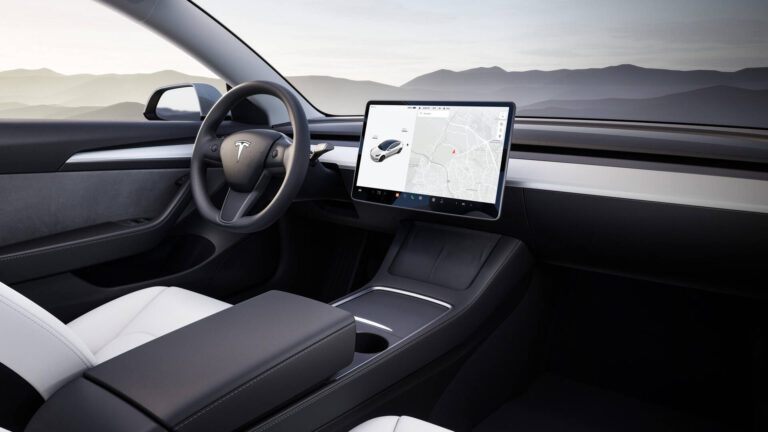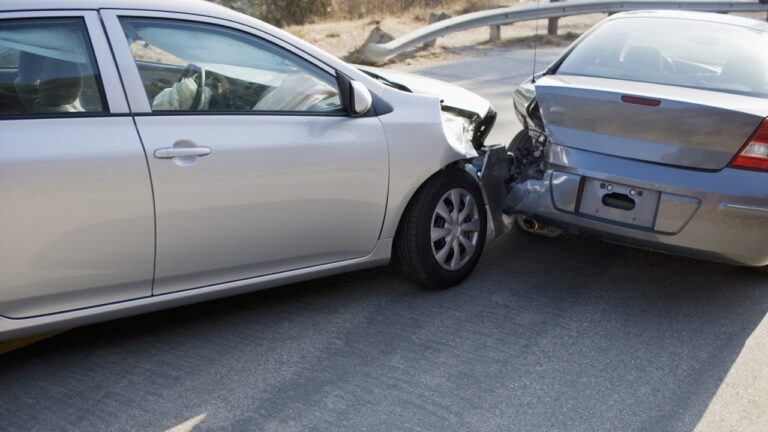Types of Drivers Insurance
Types of Drivers Insurance,Drivers Insurance, also known as auto insurance or motor insurance, is a critical component of responsible vehicle ownership. It provides financial protection against physical damage or bodily injury resulting from traffic collisions and against liability that could arise from incidents in a vehicle. Understanding the various types of drivers insurance available can help you make informed decisions that best suit your needs. This article will delve into the different types of drivers insurance, their benefits, and considerations to keep in mind when choosing a policy.
Liability Insurance
. Bodily Injury Liability (BIL)
Bodily Injury Liability insurance covers expenses related to injuries that you, as the driver, cause to someone else in an accident. This type of insurance is often mandated by law and includes coverage for medical expenses, legal fees, and lost wages of the injured party.
Key Points:
- Mandatory in most states.
- Covers medical expenses and legal costs.
- Limits vary by state and policy.
. Property Damage Liability (PDL)
Property Damage Liability insurance covers the cost of damages that you cause to another person’s property while operating your vehicle. This can include damage to other vehicles, buildings, or other structures.
Key Points:
- Also usually required by law.
- Covers repair or replacement costs of damaged property.
- Policy limits are set by the insurer and can be adjusted based on your needs.
Collision Insurance
Collision insurance pays for damage to your car resulting from a collision with another vehicle or object, regardless of who is at fault. This type of coverage is especially important if you have a newer or more expensive vehicle, as it helps to cover repair or replacement costs.
Key Points:
- Covers damages from collisions, regardless of fault.
- Deductibles apply; higher deductibles usually lower the premium.
- Particularly useful for newer vehicles.
Comprehensive Insurance
Comprehensive insurance covers damages to your vehicle caused by events other than collisions. This can include theft, vandalism, natural disasters, and animal collisions. Comprehensive coverage is often required if you are financing or leasing your vehicle.
Key Points:
- Covers non-collision-related damages.
- Includes theft, vandalism, and natural disasters.
- Typically required by lenders for financed vehicles.
Uninsured/Underinsured Motorist Coverage
Uninsured Motorist (UM) and Underinsured Motorist (UIM) coverage protect you in the event that you are involved in an accident with a driver who either does not have insurance or does not have sufficient insurance to cover the damages.
Key Points:
- Protects against uninsured or underinsured drivers.
- Covers medical expenses and property damage.
- Optional but highly recommended.
Personal Injury Protection (PIP)
Personal Injury Protection, often referred to as PIP or no-fault insurance, covers medical expenses for you and your passengers, regardless of who is at fault in an accident. PIP can also cover lost wages and other related expenses.
Key Points:
- Covers medical expenses for you and your passengers.
- Includes lost wages and other expenses.
- Mandatory in some states, optional in others.
Medical Payments Coverage (MedPay)
Medical Payments Coverage, or MedPay, is similar to PIP but is more limited in scope. It covers medical expenses for you and your passengers regardless of fault but does not typically cover lost wages or other expenses.
Key Points:
- Covers medical expenses for you and your passengers.
- Does not cover lost wages or other expenses.
- Optional in most states.
Gap Insurance
Gap insurance is crucial for those who have financed or leased their vehicle. It covers the difference between the actual cash value of the car and the amount still owed on the loan or lease if the vehicle is totaled.
Key Points:
- Covers the gap between car value and loan amount.
- Essential for financed or leased vehicles.
- Prevents out-of-pocket expenses if the car is totaled.
Towing and Labor Coverage
Towing and Labor Coverage provides reimbursement for the cost of towing your vehicle and for certain labor costs associated with roadside assistance, such as tire changes or jump-starting your car.
Key Points:
- Covers towing and roadside assistance.
- Optional add-on to your policy.
- Can provide peace of mind for roadside emergencies.
Rental Reimbursement Coverage
Rental Reimbursement Coverage pays for the cost of a rental car if your vehicle is being repaired due to a covered accident. This coverage can be particularly useful if you rely heavily on your vehicle for daily activities.
Key Points:
- Covers the cost of a rental car during repairs.
- Optional add-on to your policy.
- Provides convenience and reduces disruption after an accident.
Classic Car Insurance
Classic Car Insurance is specialized coverage designed for classic, antique, or collector cars. These policies often have different requirements and offer agreed value coverage, ensuring that you receive the full agreed-upon value of the car in the event of a total loss.
Key Points:
- Designed for classic and antique vehicles.
- Agreed value coverage.
- Often has usage and storage conditions.
Usage-Based Insurance
Usage-Based Insurance (UBI) allows drivers to pay premiums based on their driving habits. This type of insurance uses telematics devices or smartphone apps to monitor driving behavior, such as speed, mileage, and braking patterns.
Key Points:
- Premiums based on driving behavior.
- Uses telematics for monitoring.
- Can lead to lower premiums for safe drivers.
Pay-Per-Mile Insurance
Pay-Per-Mile Insurance is a type of usage-based insurance that charges premiums based on the number of miles driven. This can be a cost-effective option for drivers who do not drive frequently or have short commutes.
Key Points:
- Charges based on miles driven.
- Ideal for infrequent drivers.
- Can reduce premiums significantly.
Non-Owner Car Insurance
Non-Owner Car Insurance provides liability coverage for drivers who do not own a car but occasionally drive someone else’s vehicle. This type of insurance can be useful for individuals who frequently rent cars or borrow cars from friends or family.
Key Points:
- Liability coverage for non-car owners.
- Useful for frequent renters or borrowers.
- Covers bodily injury and property damage.
Commercial Auto Insurance
Commercial Auto Insurance is designed for vehicles used for business purposes. This type of insurance provides coverage for business-owned vehicles and can include liability, collision, comprehensive, and other types of coverage.
Key Points:
- For vehicles used for business purposes.
- Covers a range of vehicle types.
- Can include various types of coverage.
Rideshare Insurance
Rideshare Insurance is tailored for drivers who work for ridesharing companies like Uber or Lyft. This type of insurance bridges the gap between personal auto insurance and the commercial coverage provided by the rideshare company.
Key Points:
- Tailored for rideshare drivers.
- Bridges gap between personal and commercial coverage.
- Essential for comprehensive protection.
Factors to Consider When Choosing Drivers Insurance in Types of Drivers Insurance
. State Requirements
Each state has its own minimum insurance requirements. It’s crucial to be aware of these requirements to ensure you have the necessary coverage and to avoid penalties.
. Personal Needs and Budget
Consider your personal driving habits, the value of your vehicle, and your budget when choosing insurance. Higher coverage limits and additional types of coverage will increase your premiums but can provide greater financial protection.
. Discounts and Bundles
Many insurance companies offer discounts for bundling multiple policies, maintaining a clean driving record, or installing safety devices in your vehicle. Explore these options to potentially lower your premiums.
. Deductibles
Deductibles are the amount you pay out-of-pocket before your insurance coverage kicks in. Higher deductibles can lower your premiums but increase your financial responsibility in the event of a claim.
. Customer Service and Claims Process
Research the reputation of insurance companies regarding customer service and the efficiency of their claims process. Positive reviews and a streamlined claims process can make a significant difference in your overall experience.
Conclusion on Types of Drivers Insurance
Understanding the different types of drivers insurance and their specific benefits is essential for making informed decisions about your coverage. Whether you are a new driver looking for basic liability insurance or a seasoned motorist considering comprehensive coverage options, this guide provides a thorough overview to help you navigate the complex world of auto insurance. Remember to assess your individual needs, compare policies, and consult with insurance professionals to ensure you have the right protection on the road.





